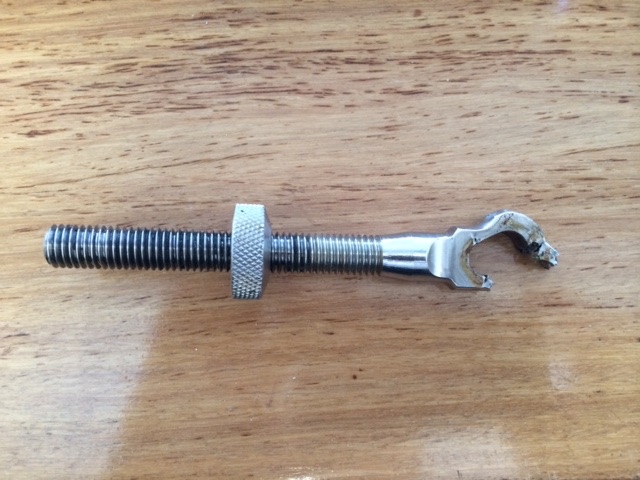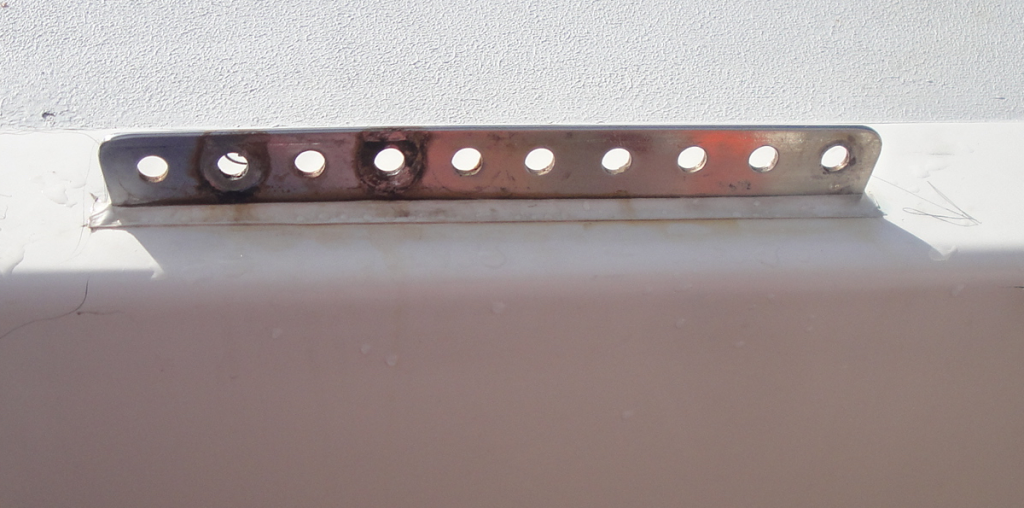This page collects bits of wisdom regarding maintaining an Etchells class sailboat. If you have something of interest for this page, please send it to the Fleet 27 Webmaster.
Hull Blisters
Fiberglass hulls made with polyester resins will form blisters in the laminate below the waterline. The article below describes why.
The Real Story of Osmosis Blistering
Brolga Turnbuckles
This item is from an Aussie Etchells website post circa 2012 (by Phil Smidmore, Pacesetter Yachts). Note especially if you have Brolga turnbuckles older than a couple years.
Every time a turnbuckle is used, a fraction of wear occurs. This wear can be minimised by keeping the turnbuckles well lubricated and by avoiding tensioning the windward side when sailing. Around 90% of the fleet are using the Brolga brand turnbuckles, which need regular lubricating to both the ball race and the thread. If you have the MK1 version with the 8mm thread – throw them away. For a number of reasons there have been some failures. An upgrade to the MK2 model, which has a 10mm thread, will ensure maximum rig safety and they work better. Easy for me to advise this change and openly I declare an interest in selling them, but it really is advisable and at any rate, we no longer have any spares for the MK1 version.
And this from a February 12, 2018 post by Phil Smidmore in the Aussie Etchells newsletter…
Please check your Brolga turnbuckles, there are still a number of the older version in use. The most recent version, which has been around for about four years now, has more meat around the pressed in toggle pin and the toggle plates are a heavier gauge. If you do not have this version, please retrofit a new toggle assembly as there have been some failures of the older version ones.

Also, Andrew Palfrey is selling replacement toggles for Brolga. They are made in Australia.
Rust Stains From Water Leaking around Chainplates
Do you get rust stains inside the hull in the area where the chain plates attach? It is likely due to water entering through the joint where the chain plates pass through the deck.
I use white marine silicone seal to seal the joint. I think resin is too stiff, and not nearly strong enough, to seal that joint.

Clean out the joint with a small tool. Just clean out the loose stuff; don’t go very deep. Then clean the surfaces with acetone. Then tape around the chainplate and the deck. Maybe 1/4 inch from joint. That way you can build up a nice neat fillet of sealant without getting it all over the place. Use your finger or a popsicle stick to shape the fillet. Pull off the tape before the sealant sets up. The tape will leave a little “edge” around the perimeter of the sealant. That is good.
You will probably need to redo this every couple years.
